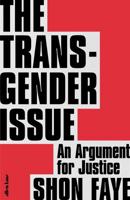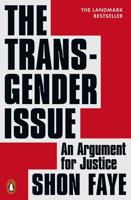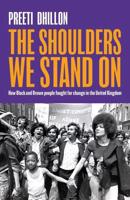
American Neighborhoods and Residential Differentiation - The Population of the United States in the 1980S
Hardback (14 Jul 1988)
Not available for sale
Includes delivery to the United States
Out of stock
Check stock
Residential patterns are reflections of social structure; to ask, "who lives in which neighborhoods," is to explore a sorting-out process that is based largely on socioeconomic status, ethnicity, and life cycle characteristics. This benchmark volume uses census data, with its uniquely detailed information on small geographic areas, to bring into focus the familiar yet often vague concept of neighborhood. Michael White examines nearly 6,000 census tracts (approximating neighborhoods) in twenty-one representative metropolitan areas, from Atlanta to Salt Lake City, Newark to San Diego. The availability of statistics spanning several decades and covering a wide range of demographic characteristics (including age, race, occupation, income, and housing quality) makes possible a rich analysis of the evolution and implications of differences among neighborhoods. In this complex mosaic, White finds patterns and traces them over time-showing, for example, how racial segregation has declined modestly while socioeconomic segregation remains constant, and how population diffusion gradually affects neighborhood composition. His assessment of our urban settlement system also illuminates the social forces that shape contemporary city life and the troubling policy issues that plague it. A Volume in the Russell Sage Foundation Census Series
Book information
| ISBN: | 9780871549228 |
| Publisher: | Russell Sage Foundation |
| Imprint: | Russell Sage Foundation |
| Pub date: | 14 Jul 1988 |
| DEWEY: | 307.33620973 |
| DEWEY edition: | 19 |
| Language: | English |
| Number of pages: | 327 |
| Weight: | 850g |
| Height: | 230mm |
| Width: | 184mm |
| Spine width: | 31mm |











